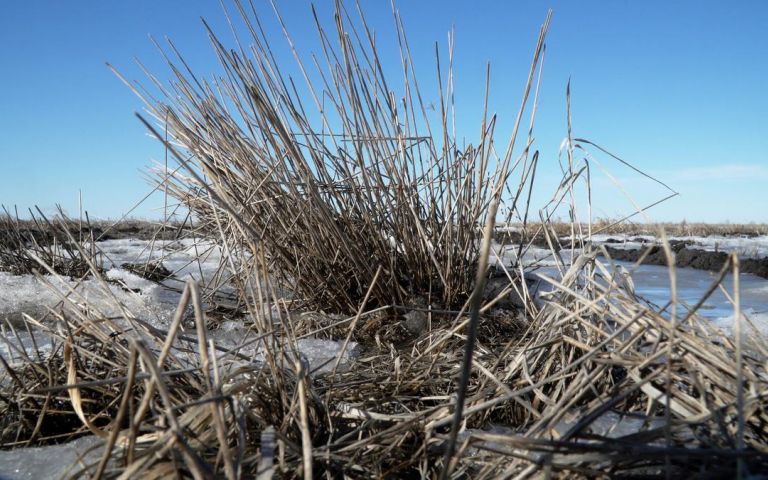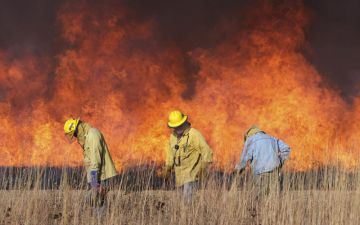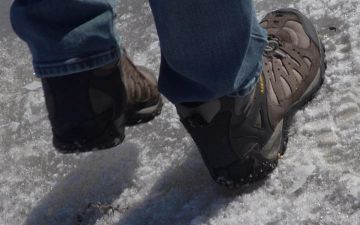In the mid-19th century, explorer John Wesley Powell observed what he called “a wonderful transformation": a dramatic and specific point at which the Eastern United States turns into the West, where green shifts to brown, humidity to dry air, fertile soil to barren dirt. The divide Powell described closely followed the 100th Meridian, the north-south navigational line that cuts through the nation’s midsection. Scientists today say climate change has pushed the variation nearly 150 miles to the east, putting new regions firmly into weather patterns that discourage the usual means of agricultural production. This climate conversion will have a profound effect on farmers and their rural communities. As their land turns arid, they will have to look to the West for new business models. That means larger and more collaborative farms, as well as a move away from water-dependent corn to crops such as wheat that work better in dry climates. It also could mean a new reliance on costly irrigation systems for farms and nearby urban centers. Harvest Public Media takes a look at what it will take to keep up with the Moving Meridian.
March 27, 2020 | Iowa Public Radio
How Tribes and Other Partners in Southeast Oklahoma Are Preparing for the Next Big Drought
The Chickasaw Nation, Choctaw Nation and other area partners began developing a drought mitigation plan for the Arbuckle-Simpson Aquifer in 2015.
March 26, 2020 | Iowa Public Radio, KCUR 89.3
Prairie Research Could Help Farming Become More Resilient, Sustainable
Fire, climate, and grazing weigh heavily on prairie ecosystems.
March 25, 2020 | Iowa Public Radio
For One Small Town, Moving To Protect Itself From Future Flooding Is Illegal
As Nebraska’s climate continues to shift, one riverside town wants to protect itself from more damage.
March 24, 2020 | Iowa Public Radio
With Their Boots on the Ground, South Dakota Farmers Weather Changing Climate
Farmers in South Dakota say increases in snow and rain have changed how they farm.




